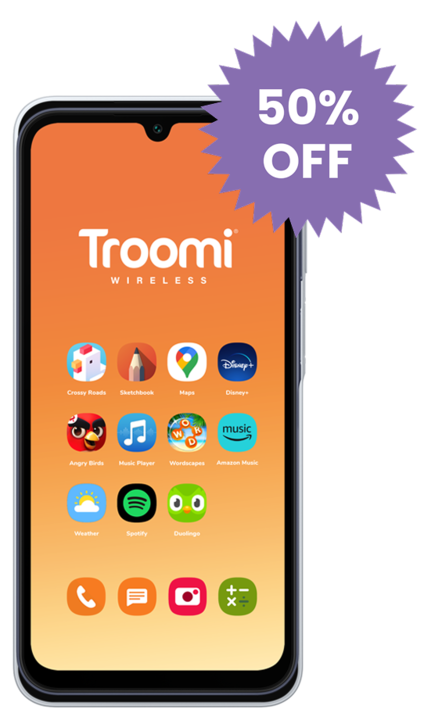In our tech-driven world, telehealth and telemedicine are becoming increasingly popular in the healthcare industry.
When COVID-19 brought the world to a standstill, telehealth and telemedicine services came to the rescue! But now, after returning to relatively normal circumstances, these services remain due to their accessibility and convenience.
Whether you’re new to the concept or haven’t taken too much advantage of it, you might be wondering: what is telehealth, anyway? Keep reading to understand telehealth vs. telemedicine, the advantages and disadvantages of these services, and why you shouldn’t Google your symptoms.
Telehealth vs. Telemedicine
While telehealth and telemedicine are often used interchangeably, they’re not quite the same thing.
Telehealth is an umbrella term referring to the technology that’s used to deliver healthcare services to patients and providers. Telemedicine, however, accounts for the technology used to deliver medical care to patients.
Here are examples of telehealth services:
- Online appointment services
- Digital communication between patients and providers
- Healthcare education for medical professionals
- Training for healthcare workers
- Virtual meetings for healthcare workers
Here are examples of telemedicine services:
- Discussing health concerns specific to patients
- Diagnosing medical conditions
- Prescribing medication
Telehealth services—including telemedicine—make it easier than ever to access healthcare services.
Advantages of Telehealth
From expanded access to increased convenience, there are many advantages of telehealth.
Reduced Cost
Telehealth services are typically more affordable than traditional appointments, which reduces out-of-pocket costs for patients.
Plus, many telemedicine providers offer cash-pay and other payment options. This removes barriers for insured, underinsured, and uninsured patients.
No Waiting Room
Waiting rooms can be contagious places! Thanks to telehealth, you can avoid catching the waiting room coughs and sniffles—and you don’t have to deal with wait times, either.
Greater Access
For patients who live in rural areas, telehealth can help fill in the gaps. Save your road trips for the big appointments, then take advantage of telehealth for follow-ups and check-ins.
Telehealth services also offer easier access to specialists—even if you don’t have an established relationship with a physician.
More Convenient
Telehealth services are much easier to pencil into your schedule. No more time wasted driving to your appointment or waiting in the waiting room!
Plus, you can worry less about missing too much work or arranging childcare.
Mobility Accommodation
Patients who require wheelchairs, walkers, crutches, and other mobility assistance don’t have to worry about getting to or around the doctor’s office.
Mental Health Support
Many people who live with mental health conditions—like anxiety, depression, or PTSD—can feel overwhelmed by the thought of leaving their home. Through telehealth services, patients can receive therapy and other mental health support in the comfort of their own homes!
Disadvantages of Telehealth
Unfortunately, all medical care cannot be administered through telehealth services. While the pros generally outweigh the cons, there are still a few disadvantages of telehealth.
- Certain medical procedures—like bloodwork, scans, and surgeries—can only be done in person. If you have any concerns about your health that may require testing, those appointments will need to be in an office.
- While telehealth often cuts costs for patients, some services may not be covered by your insurance provider at all.
- Telehealth services require that you have access to a smartphone, tablet, laptop, or desktop computer with a functioning camera and microphone. You’ll also need a strong Internet connection.
- With telehealth being a relatively new technology, there are some concerns about the electronic submission of private health information and data security.
Why You Shouldn’t Google Your Symptoms
The Internet can be a helpful resource when you’re not feeling your best. You can find support groups and community forums related to your health challenges, and learn more about any conditions you may have.
But if you’re suspicious about your symptoms, heading to Google might make your worries worse! You may be curious about your migraines, fatigue, or muscle pain, but soon enough you’re seeing search results about rare or life-threatening diseases you likely don’t have.
Google and WebMD were not intended to be self-diagnosing databases. If you have concerns about your health, be sure to contact your healthcare provider. They’ll give you the expertise you need to get to the bottom of it!
With Troomi, your child won’t be Googling their symptoms—or looking up anything else that they shouldn’t be seeing! Troomi’s kid-safe smartphone keeps kids protected with custom parental controls, expertly vetted KidSmart® Apps, and an optional Internet browser with SafeListing™ blockers. To learn more about this flexible phone for kids, click here!


